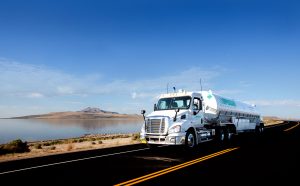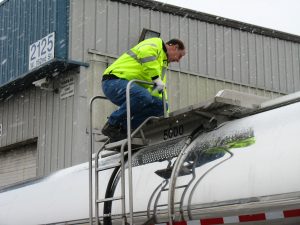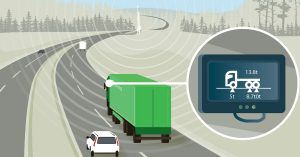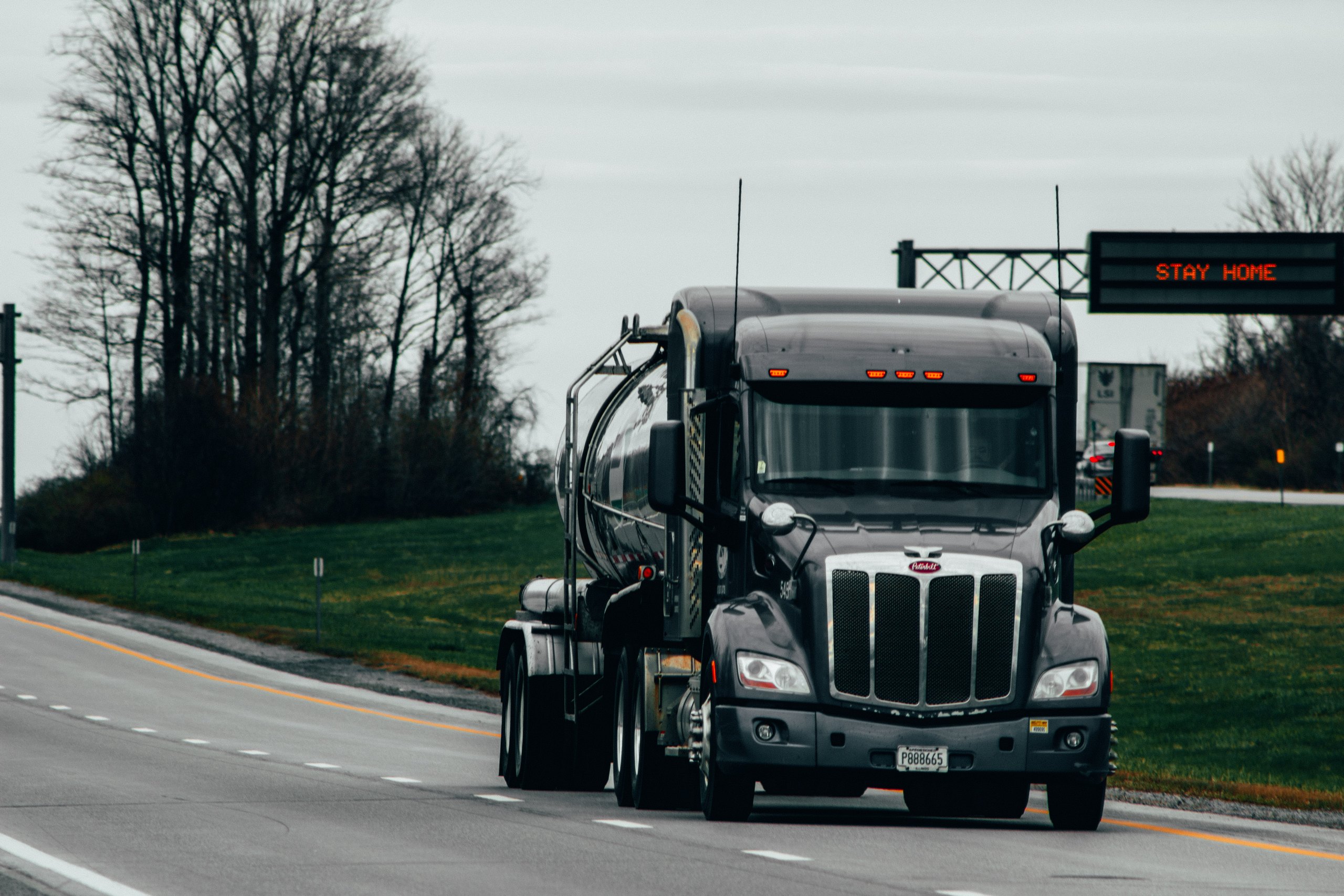Exclusive Content
The Future of Tank Transportation: What to Expect for the Tank Transport Industry in 2023 & Beyond?
Introduction

The Future of Tank Transportation: What to Expect for the Tank Transport Industry in 2023 & Beyond
Tank transportation industry is growing day by day. The tank transport industry has been evolving rapidly due to many factors such as increasing consumption of petroleum products, growth in demand for chemicals, crude oil transportation, increasing production of petrochemicals and other industrial products. Tank transportation industry has been an integral part of many industries. This is because the tank trailers have been transporting for 100+ years now. However, tank transport industry is rapidly changing due to many new technologies and innovations in the market. The tank transportation industry has changed dramatically over the last decade. In fact, it’s an environment that’s been ripe for innovation and opportunity.
In this article we are going to discuss about future trends in tank transport industry. We will also discuss emerging technologies that are likely to have their impact on the future of this industry. In this article we will discuss following topics:
Tank Transportation Industry Overview
Demand and Supply Chain Analysis
Enjoying our insights?
Subscribe to our newsletter to keep up with the latest industry trends and developments.
Stay InformedMajor Trends in Tank Transportation Industry 2023-2028
Emerging Technologies Impact on Tank Transport Industry 2023-2028
The Future of Tank Transportation

The cost of fuel will play a key role in the future of tank transportation, as it has done for decades.
The future of tank transportation will be shaped by a combination of new technologies and changing regulations. The cost of fuel will play a key role in the future of tank transportation, as it has done for decades. However, with the development of autonomous vehicles and other emerging technologies, there are now other factors that must be considered when planning for your business’ needs in this area.
1. Costs will rise for tank transportation.
Tank transportation is an expensive business. The costs are rising, and they will continue to do so in the future. This is due to several factors:
- Fuel prices are increasing, which makes it more expensive to ship your product by tank truck or railcar.
- Regulations require new safety features on older tanks, which add further costs for owners who must upgrade their fleet of tanks with new technology before transporting any product via tank car or truck through US highways and rail network (and beyond).
- Tankers themselves have increased in size over time as well as being made from stronger materials such as carbon fiber composites instead of steel alloys used previously – both changes requiring additional research & development funding prior completion
2. Advanced safety features are being developed to reduce the risk of accidents.

In addition to the requirement for a skilled workforce, there is also a need for advanced safety features. Photo credit: Cargotanksafety.org
In addition to the requirement for a skilled workforce, there is also a need for advanced safety features. The future of tank transportation is uncertain and will be determined by the cost of fuel and other factors. For example, autonomous vehicles are being tested for tank transportation. These vehicles have been used successfully in mining operations and other industries with heavy equipment but they have not yet been proven as viable options for large-scale transportations such as those involving petroleum products or chemicals.
Tank trailer manufacturers are already capitalizing on these trends, developing new technologies that will further enhance the safety of tankers in operation today and provide more efficient options for transporting liquid & dry bulk in the future.
Some of these advancements include:
- Tanker designs that improve airflow around the tanks, reducing drag and improving fuel efficiency.
- New materials that reduce weight while preserving strength and durability, allowing for lighter trailers to be used on longer routes without sacrificing capacity or stability.
This technology is already being put into use at some major companies like BP America Inc., which introduced its first “hybrid” tank trailer last year–a model that uses two axles as opposed to three (like most other models) in order to reduce weight while maintaining structural integrity by using stronger steel alloys than those found on traditional trailers.*
3. Self-driving vehicles are being tested for transportation.

The technology is still in its infancy, but it’s expected that self-driving vehicles will be used more widely in the future.
The technology is still in its infancy, but it’s expected that self-driving vehicles will be used more widely in the future. Safety features are being developed to make self-driving vehicles safer, and this should reduce the risk of accidents involving tanks and other heavy machinery.
4. Regulations and policies will shift as technologies develop and costs change.
As new technologies and transportation methods are developed, federal regulations will be adjusted to ensure that they’re safe for use. Similarly, state and local governments may also create new policies to govern how these vehicles can be used on their roads.
The rapid pace of innovation means that the tank transport industry will continue to evolve over the next decade; however, there are some things you can expect from this sector in 2023:
-A reduction in costs and an increase in safety will make tank transport more accessible to a wider range of industries. -The number of accidents involving tankers will decrease as technology improves. -Tanker drivers will be able to complete more deliveries per day because they can spend less time refueling and checking equipment.
Advanced automation, new types of fuel and an increase in cost could reshape the tank transportation industry

With the rise of advanced automation, new types of fuel and an increase in cost, the tank transportation industry could look very different by 2023.
With the rise of advanced automation, new types of fuel and an increase in cost, the tank transportation industry could look very different.
As costs increase and regulations change, it’s important for shippers to understand the changes that are coming so they can plan accordingly. For example:
- Advanced safety features will be developed and implemented to reduce risk of accidents (which can cause delays).
- Self-driving vehicles are being tested for use as part of the supply chain process–but there are many factors that need further research before we see them widely adopted on a large scale.
- Regulations and policies may shift as technologies develop and costs change
–and this could have a major impact on the overall industry.
Conclusion
The tank transport industry is continuing to grow, and the demand for tanks will only continue to increase as long as there are companies that need them. The best way to stay informed about what’s happening in this industry is by reading news articles on Tank Transport Trader and keeping up with any new developments that could affect your business or job opportunities.


















